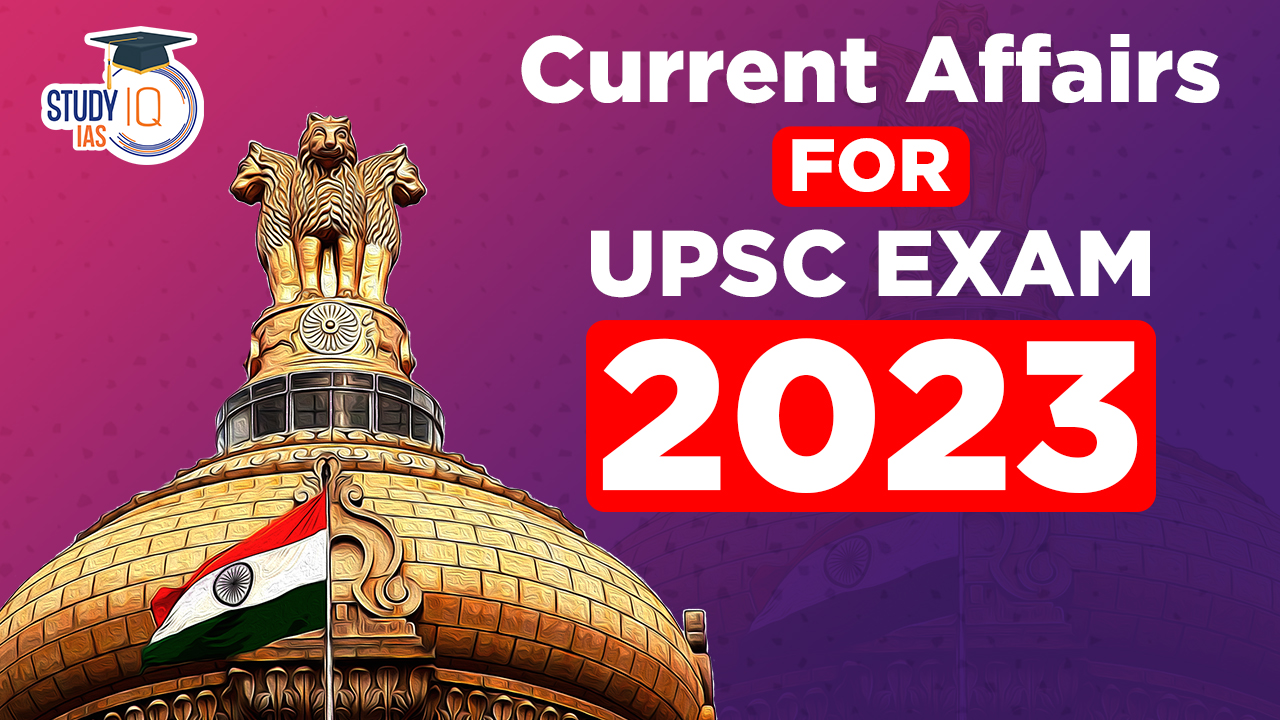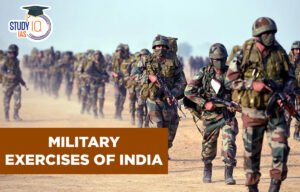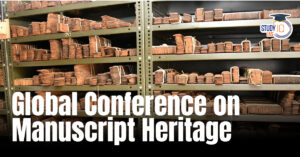Table of Contents
GEMINI: AI Model Developed By Google
Context: Google has introduced Gemini, a new multimodal general AI model.
About Gemini
Gemini is Google’s latest family of highly capable AI models, offering features such as image recognition and real-time speech processing. It is reported to be five times more powerful than its competitor, GPT-4.
We’re now on WhatsApp. Click to Join
Key Features of Gemini
- Multimodality: Gemini can process and understand information from various sources, including text, images, and audio. This makes it suitable for various tasks, such as analysing complex data, generating creative content, and answering open-ended questions.
- Unprecedented Power: With its reported five-fold increase in performance compared to GPT-4, Gemini promises to deliver more accurate, insightful, and creative outputs.
- Global Accessibility: Gemini is available to users worldwide through platforms like Bard, various developer platforms, and the newly released Google Pixel 8 Pro phones.
- Three versions: Ultra (complex tasks), Pro (broad range of tasks), Nano (on-device tasks).
- Nano and Pro models integrated into Bard chatbot, Ultra model launching later.
- Significance: Potential to transform online information search
- Possibilities for creating innovative art and entertainment, expanding creative limits
- Concerns: Risk of job loss in some sectors
- Potential for spreading misinformation or causing unintended effects
| Do You Know? |
|
Chandrayaan-3 Propulsion Module
Context: ISRO has successfully brought back the Propulsion Module (PM) of Chandrayaan-3 from a lunar orbit to an orbit around Earth after it completed its original mission objectives.
About Propulsion Module
- The Propulsion Module (PM) was a key component of the Chandrayaan-3 mission.
- Its main role was to transport the Vikram Lander Module from the point of launch vehicle injection to a 100 km circular polar orbit around the Moon, and then to detach the Lander Module.
- Additionally, the Propulsion Module carried an experimental instrument, the SpectroPolarimetry of Habitable Planet Earth (SHAPE), designed to observe Earth and analyse the elements that make it habitable, aiding in the identification of habitable exoplanets.
The successful return of the Propulsion Module to Earth’s orbit holds significant implications:
- Moon-to-Earth Trajectory Planning: ISRO acquired valuable experience in planning and implementing the route and manoeuvres needed for a small spacecraft’s journey from the Moon back to Earth. This experience is pivotal for future missions aimed at returning lunar samples.
- Software Development for Future Missions: The mission contributed to the development of software modules that will be essential for future missions involving return journeys from the Moon.
- Gravity-Assisted Flybys: The insights gained from this mission are instrumental in planning and executing gravity-assisted flybys near other celestial bodies.
About Chandrayaan 3
| Aspect | Details |
| Mission Overview |
|
| Mission Objectives |
|
| Mission Components |
|
| Payloads and Functions |
|
Article 99 Of The UN Charter
Context: United Nations Secretary-General Antonio Guterres has employed Article 99 of the UN Charter in an effort to initiate a ceasefire, in response to the continuing military operations by Israel in the Gaza Strip, especially in its southern area.
Article 99 Of The UN Charter
The UN Charter, the foundational document of the United Nations, empowers the organisation to address various global issues. As an international treaty, it binds member states to its principles. However, enforcing compliance can be challenging.
About
- Article 99 stands out as a special political tool within the Charter.
- It grants the Secretary-General the exclusive authority to convene the Security Council.
- This power allows them to highlight issues they believe threaten international peace and security.
- Key Features:
- Independent Authority: Unlike other provisions, Article 99 grants the Secretary-General independent political power.
- Discretionary Power: The decision to invoke Article 99 rests solely with the Secretary-General’s judgement.
- Obligation to Convene: Upon activation of Article 99, the President of the Security Council is obligated to convene a meeting to address the matter brought forward.
When has Article 99 been invoked in the past?
- Article 99 of the UN Charter, a rarely-used provision empowering the Secretary-General to convene the Security Council on matters threatening international peace and security, has only been invoked four times in history: Congo (1960), East Pakistan (1971), Iran (1979), and Lebanon (1989).
- Originally designed as a preventative tool, its intention was to deter conflicts before they escalated. However, its effectiveness in ending conflicts remains limited.
Limitations of Article 99
- No power to force resolutions: While the Secretary-General can trigger discussion and encourage compromise, they cannot force the Security Council to adopt a resolution.
- Veto power: Any permanent member of the Security Council (China, Russia, US, UK, France) can veto a resolution, effectively halting its progress.
- Requires 9 votes: To be adopted, a resolution needs at least nine votes in favour, further limiting its potential impact.
Sammakka and Sarakka
Context: The Lok Sabha took up a bill for the establishment of the Sammakka Sarakka Central Tribal University in Telangana in pursuance of the Andhra Pradesh Reorganisation Act.
About Sammakka And Sarakka
The story of Sammakka and Sarakka, deeply intertwined with the history and culture of the Koya tribe, is more than just a legend. It’s a powerful symbol of tribal resistance against injustice and a testament to the enduring bond between mother and daughter.
The Legend
- Sammakka, wife of Pagididda Raju, a Kakatiya chief, fought alongside her daughter, Sarakka, against the imposition of taxes on their people in the 13th century.
- During the battle, Sarakka lost her life, while Sammakka disappeared into the hills, believed by the Koya tribe to have transformed into a vermillion casket.
The Sammakka Saralamma Jatara
- This biennial festival, often called the “Kumbh Mela of the tribals,” commemorates the valiant fight of Sammakka and Sarakka.
- Attracting over 1.5 crore devotees from various communities across India, the Jatara is one of the largest gatherings in the country.
- Recognized as a state festival in 1996, the Jatara receives significant support from both the central and state governments, highlighting its cultural and political significance.
Development and Recognition
- The Ministry of Tribal Affairs and the Telangana government actively participate in the Jatara, providing financial aid and infrastructure development.
- The Ministry of Tourism has sanctioned funds for the “Swadesh Darshan Scheme,” which includes the tribal circuit encompassing Mulugu – Laknavaram – Medavaram – Tadvai – Damaravi – Mallur – Bogatha Waterfalls where the temple of Sammakka-Sarakka is located.
- Mulugu, a reserved Scheduled Tribes assembly seat, boasts a rich cultural heritage, with the UNESCO World Heritage Site of Ramappa Temple located nearby.
Challenges and Future Development
- Establishing the Sarakka Central Tribal University, a commitment made during the Andhra Pradesh Reorganisation Act, 2014, faced land allocation delays.
- Overcoming these challenges and ensuring the university’s successful establishment will further empower the tribal community and contribute to their educational and cultural development.


 List of Military Exercises of India 2024...
List of Military Exercises of India 2024...
 India to Host First Global Conference on...
India to Host First Global Conference on...
 How Terror Networks Abuse Digital Tools
How Terror Networks Abuse Digital Tools





















